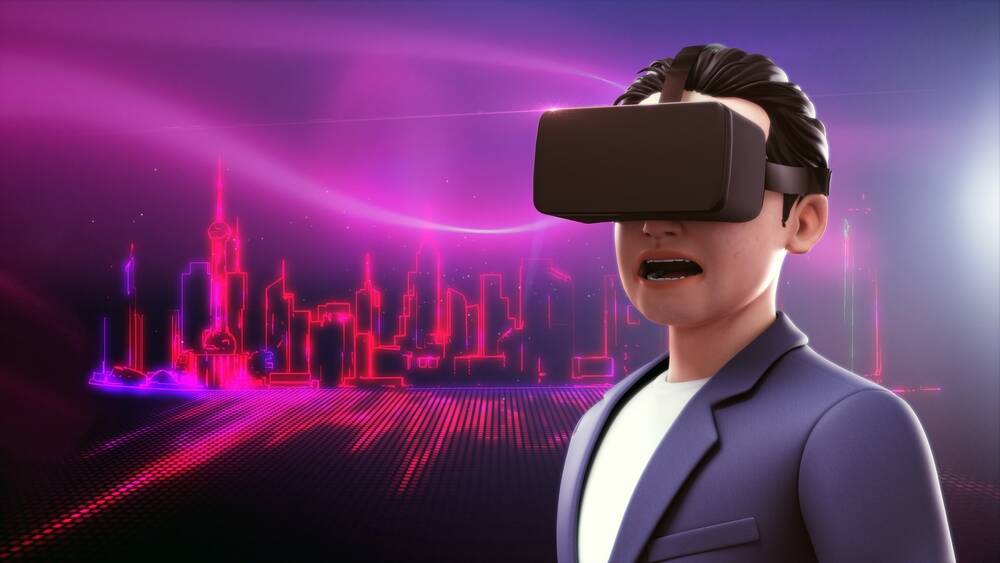
Analyst firm IDC has crunched the numbers for sales of augmented reality (AR) and virtual reality (VR) headsets and found they’re not going to be a big seller any time soon – at least compared to conventional computing devices.
The firm found 2022 will go down as a stinker of a year for the electro-goggles, with global shipments of dropping 12.8 percent year on year to 9.7 million units.
Rising prices and a tough economy are the factors driving the dip, IDC believes.
The firm offered a better outlook for the devices, forecasting sustained shipment growth of 30 percent or more.
But even that frantic growth rate will see just 35 million of the devices shipped in the year 2026.
By way of comparison, IDC in June found that tablet computers ship at a brisk 40 million a quarter, while 250-million-plus PCs will emerge from factories around the world in most of the next few years.
Let’s be mean assume tablet and PC sales drop 20 percent between now and 2026, from the current ~410 million to ~330 million.
That will still leave the AR/VR hardware market at just over a tenth of the conventional client device market.
And let’s not forget that smartphones will keep moving at over a billion units year.
But there’s one big category of tech that AR/VR headwear looks set to outstrip: gaming consoles, which between Sony’s PlayStation, Microsoft’s Xbox and Nintendo’s Switch struggle to shift 30 million units a quarter.
So maybe this whole metaverse thing has legs: if IDC is right there will be over 100 million AR/VR devices in circulation by 2026, and that fleet will grow about as fast as the world’s console collection.
That’s a decent market for developers to target.
And on current form, those developers will have to do things Mark Zuckerberg’s way, because Meta’s Quest 2 headset has owned 84.6 percent of the global AR/VR headset market during the first three quarters of 2022. ByteDance's Pico is next with 7.4 percent share.
IDC believes the market will heat up as Sony launches a next-gen product and Apple gets into the game.
"Augmented reality has long been the domain of standalone headsets geared towards commercial use, helping to transform the way companies train their workers," said Ramon T. Llamas, research director, Mobile Devices and AR/VR at IDC. "While these have been sophisticated in their use, the form factor has sometimes been a challenge within certain work environments. Looking ahead, we expect AR headsets to resemble and feel like more conventional eyewear and still maintain – or even surpass – the experience currently offered today." ®
By 2026, total AR/VR goggle sales will trail a single quarter of current tablet shipments - The Register
Read More

No comments:
Post a Comment